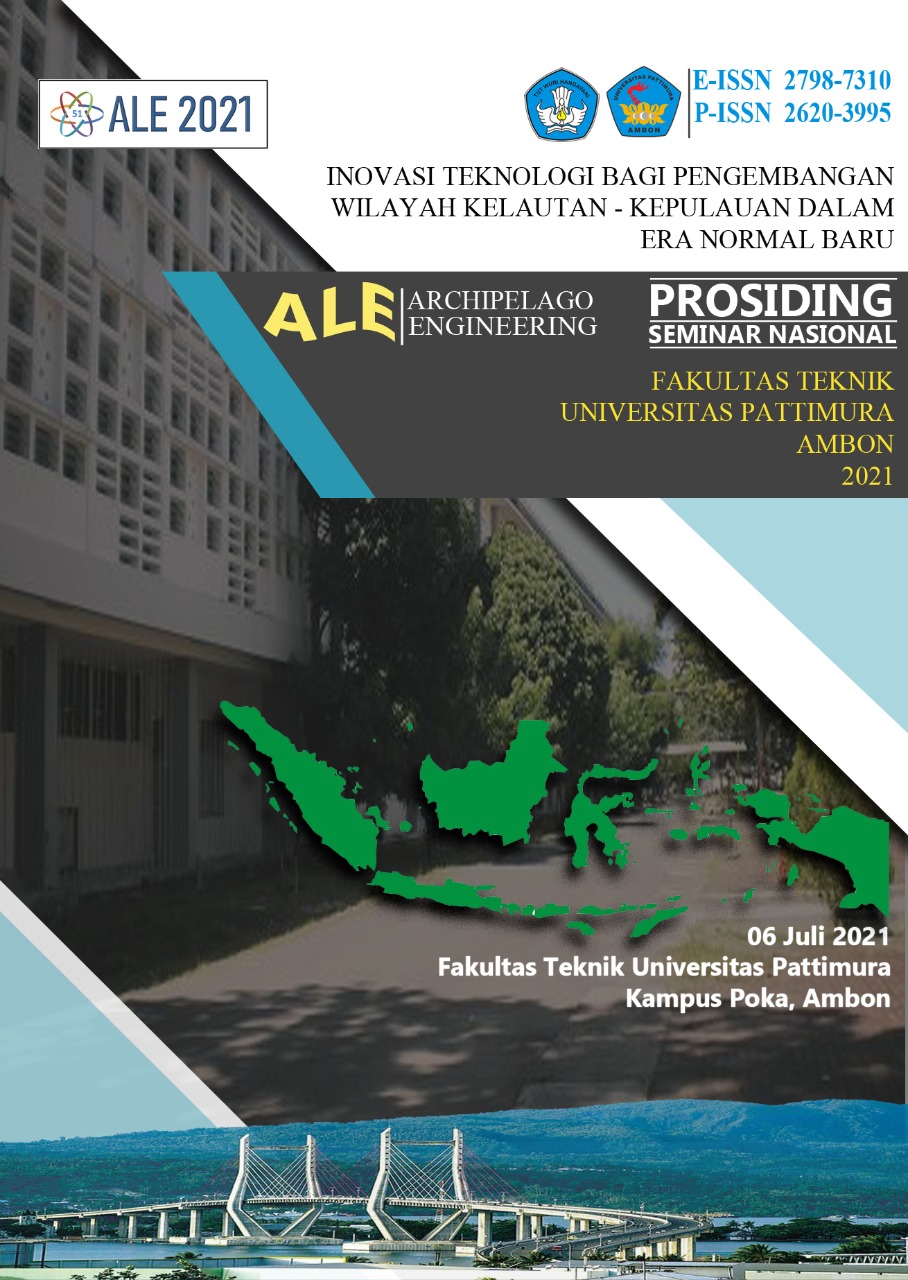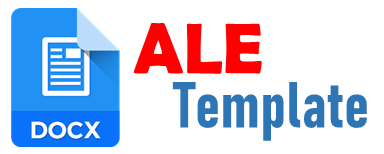DESAIN AUTOMATIC CONTROL SYSTEM POMPA AIR TAWAR PADA KAPAL RAKYAT
Abstract
Freshwater supplies on people's ships are a vital need that must be met during the ship's voyage. The distribution system used without control will be troublesome for the Crew, who are always in charge of controlling the availability of water in the daily tank and running the water pump. Water pump control equipment is used to help reduce the working time of the Crew and can improve the performance efficiency of the water pump. A buoy switch is a control tool that is often used, but the buoy system will be disrupted over time. An automatic control system using a water level sensor is not familiar to use to control the water pump. From the design results of this system is more efficient than the buoy switch. Its efficiency can be seen from the degree of sensitivity to changes in water level, as well as longer service life. This system can be used to control the work of water pumps without supervision or control of the Crew, thus saving more time and the availability of water in the daily tank remains available at all times.
Downloads
References
[2] Y. Rezandy, Desain sistem perpipaan air tawar pada kapal patroli. 2019.
[3] D. Kurniawan and A. Baheramsyah, “Studi kebutuhan air tawar pada pengembangan landing shiptank (LST) 128 meter berdasarkan perilaku manusia,†Undergrad. Theses, 2011.
[4] Khair, “Alat Pendeteksi Ketinggian Air Dan Keran Otomatis Menggunakan Water Level Sensor Berbasis Arduino Uno,†Wahana Inov. J. Penelit. dan Pengabdi. Masy. UISU, vol. 9, no. 1, pp. 9–15, 2020, [Online]. Available: https://jurnal.uisu.ac.id/index.php/wahana/article/view/2632.
[5] I. Setiadi, “Perancangan Sistem Kontrol Otomatis Air Baku dan Air Produksi Pada Unit Arsinum SMK AL-KAHFI Kabupaten Sumbawa,†vol. 10, no. 2, pp. 91–98, 2017.
[6] Suprianto, “Prinsip Kerja Elektro Mekanis Magnetik (Dasar NO & NC),†UNNES, 2015. http://blog.unnes.ac.id/antosupri/prinsip-kerja-elektro-mekanis-magnetik-dasar-no-nc/.
[7] A. Purnama, “Konsep Dasar Penyearah Gelombang (Rectifier),†2012. http://elektronika-dasar.web.id/konsep-dasar-penyearah-gelombang-rectifier/.
[8] D. Kho, “Prinsip Kerja DC Power Suplay,†2014. https://teknikelektronika.com/prinsip-kerja-dc-power-supply-adaptor/.
[9] Z. Anthony and E. Erhaneli, “Desain Lilitan Motor Induksi 1-Fasa dengan 4 Kumparan yang Tidak Identik Sama (Studi Kasus: Daya Keluaran dan Efisiensi Motor),†Jurnal EECCIS, vol. 12, no. 2, pp. 89–92, 2018.
[10] A. Defarian, S. Sutikno, and R. Rinaldi, “Pemodelan Dan Simulasi Motor Kapasitor Pada Kondisi Variable Speed,†J. Online Mhs. Fak. Tek. Univ. Riau, vol. 4, no. 2, pp. 1–15, 2017.
[11] M. Naim, “Pengaruh Modifikasi Belitan Stator Motor Induksi Satu Phasa Starting Kapasitor Pada Mesin Bor Meja Terhadap Arus dan Daya listrik serta Putaran Motor,†Vertex Elektro, vol. 12, no. 2, pp. 34–43, 2020, doi: 10.26618/jte.v12i2.4228.
[12] M. Robith, “Prinsip Kerja Motor Induksi 1 Fasa,†2015. http://www.insinyoer.com/prinsip-kerja-motor-induksi-1-fasa/.
[13] I. Mardjun et al., “Rancang Bangun Solar Tracking Berbasis Arduino Uno,†Tek. Elektro, vol. 1, no. 2, pp. 19–24, 2018.
Copyright (c) 2021 Franky Tanahitumessing

This work is licensed under a Creative Commons Attribution-ShareAlike 4.0 International License.
An author who publishes in the ALE Proceeding agrees to the following terms:
- Author retains the copyright and grants ALE Proceeding the right of first publication of the work simultaneously licensed under the Creative Commons Attribution-ShareAlike 4.0 License that allows others to share the work with an acknowledgment of the work's authorship and initial publication in this journal.
- Author is able to enter into separate, additional contractual arrangements for the non-exclusive distribution of the journal's published version of the work (e.g., post it to an institutional repository or publish it in a book) with the acknowledgment of its initial publication in this journal.
- Author is permitted and encouraged to post his/her work online (e.g., in institutional repositories or on their website) prior to and during the submission process, as it can lead to productive exchanges, as well as earlier and greater citation of the published work (See The Effect of Open Access).
Read more about the Creative Commons Attribution-ShareAlike 4.0 Licence here: https://creativecommons.org/licenses/by-sa/4.0/.






